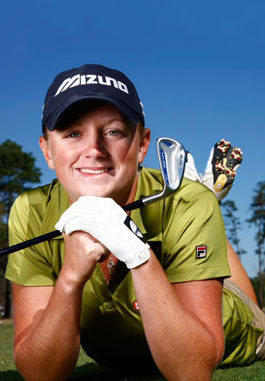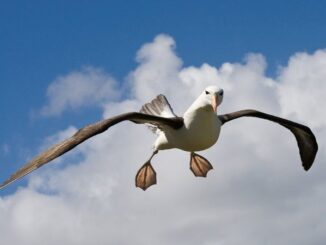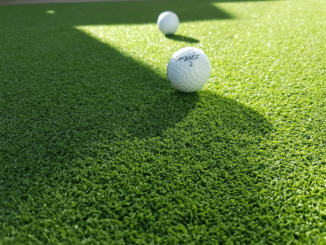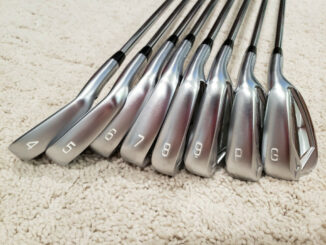
“Is scoliosis and golf a good idea?” That seems to be a recurring question in my practice. Before I address it, first consider “what is scoliosis?”
Scoliosis is a curvature of the spine that is not supposed to be there. When you look at someone’s spine is supposed to be straight without any curvatures or shifts in the spine. Scoliosis begins with a ‘rotated’ spine followed by the curve.
Genetic pre-disposition appears to heavily determine who will get severe scoliosis. However, we would be remiss to undermine the role that environmental factors play in the nature and extent of one’s scoliosis. To this end, let’s consider the sport of golf (environmental factor) and scoliosis.
Scoliosis and golf create a lot of rotational forces on the spine. Given that a ‘rotated’ spine is a precondition to developing the ‘curve’ or scoliosis, golf and scoliosis may not be such a great combination. Swinging a golf club increases the occurrence of rotation in your spine, which one could argue, may promote scoliosis to progress.
If scoliosis runs in the family or if you have the genes for scoliosis, you would benefit from mitigating environmental factors, like certain sports, that may trigger, exacerbate or promote your scoliosis or its progression.
Anticipating their worst case scenario, the golf enthusiasts in my practice also ask me, “What about golf after scoliosis surgery…is that mission impossible?” Answer: That depends on the number of vertebra that are fused in your spine.
Golf after scoliosis surgery might be difficult depending on how many vertebra are fused in your spine.
When scoliosis patients opt for spinal fusion, on average, upwards of 70% of their spine gets fused. Given the resultant limited range of motion or rotation in one’s spine, golf after scoliosis surgery, in this scenario, would be mission impossible!
Fortunately, for Stacey Lewis, an LPGA Tour player, this was not the case. Stacey Lewis, diagnosed with scoliosis at age 11 underwent surgery after failing to achieve any correction from wearing a hard brace for 7-long years. The hard brace failed to hold any correction; in fact her curve progressed to 45 degrees prior to opting for surgery which included a rod and 5 titanium screws in her spine. But, Stacey Lewis was lucky. Her scoliosis surgery only fused a few bones. Unfortunately, her case is not the norm, most people opting for surgery will have may bones in their spine fused significantly diminishing any rotation in your spine.
I always caution anybody considering surgery in this day in age. The truth is there are better, safer, non-invasive, alternatives to surgery. Surgery outcomes are unpredictable at best. Given recent scoliosis advancements and treatments, coupled with poor scoliosis surgery outcomes, scoliosis surgery’s, risk reward profile does not warrant it a viable option in today’s environment. You have options. GOOD options. Learn about today’s better, safer, alternatives to scoliosis surgery.
Proudly WWW.PONIREVO.COM



